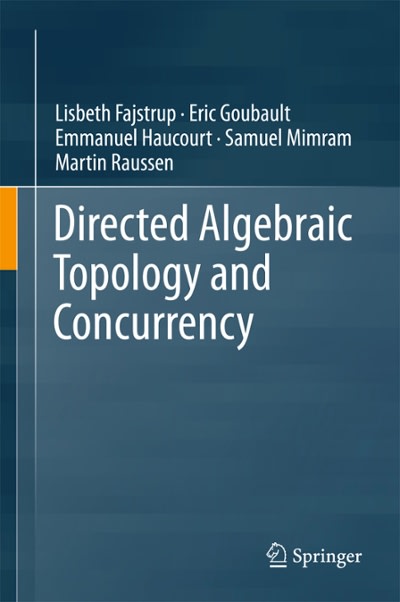Answered step by step
Verified Expert Solution
Question
1 Approved Answer
Infinite Geometric Sums Under certain conditions, we can actually compute the sum of all the terms in a geometnc sequence. For a geometric sequence


Infinite Geometric Sums Under certain conditions, we can actually compute the sum of all the terms in a geometnc sequence. For a geometric sequence such as a = {2,4,8, 16,.. the sum of al/ the terms Will be impossible -think about it, we'll be adding larger and larger quantities as we get farther along in the sequence As a result, our petal sums will continue to grow faster and faster as we consider longer and longer sums. However, for some geometric seqences, our terms shrink as we go farther into the sequence. Geometnc sequences have exponential behavior (as their closed form is always an = al . ) so the sequences that shrink are precisely the ones that have en exponential base between -1 and 1 In other words, we can compute the sum of all terms for enygeometric sequence With Irl < 1. The pattial sum, sn is anveys computable for a geometric sequence = al ri-l) a Now, whenever Irl < 1, we should recognize that will become smaller and smeller as we consider larger values of n. Use only decimal approximations for the fo/lowing questions: Select a value satisfies the condition < 1: Compute a decimal approximation for Now compute e decimal approximation for r In other words, for very large values of n, we get that rn (b Let's look at how that can affect our computation of the partial sum: 1-0 For large n, when Irl < 1, sn As a result, when we want to consider the sum of all terms in e geometric sequence First, we must satisfy the condition that < 1, or else the sum of all the terms is impossible. Once we've confirmed that the common ratio is between -1 and 1, we can use the formula we approximated above: E(al ril) Find the requested sums Use "ONE' f the requested sum does not exist a. The first term appearing in this sum is b. The common ratio for our sequence is c. The sum is a. The first term of the sequence a is b. The common ratio for the sequence a is c. The sum is 3 a. The first term of the sequence a is b. The common ratio for the sequence a is c. The sum is a. The first term of the sequence a is b. The common ratio for the sequence a is c. The sum is
Step by Step Solution
There are 3 Steps involved in it
Step: 1

Get Instant Access to Expert-Tailored Solutions
See step-by-step solutions with expert insights and AI powered tools for academic success
Step: 2

Step: 3

Ace Your Homework with AI
Get the answers you need in no time with our AI-driven, step-by-step assistance
Get Started


